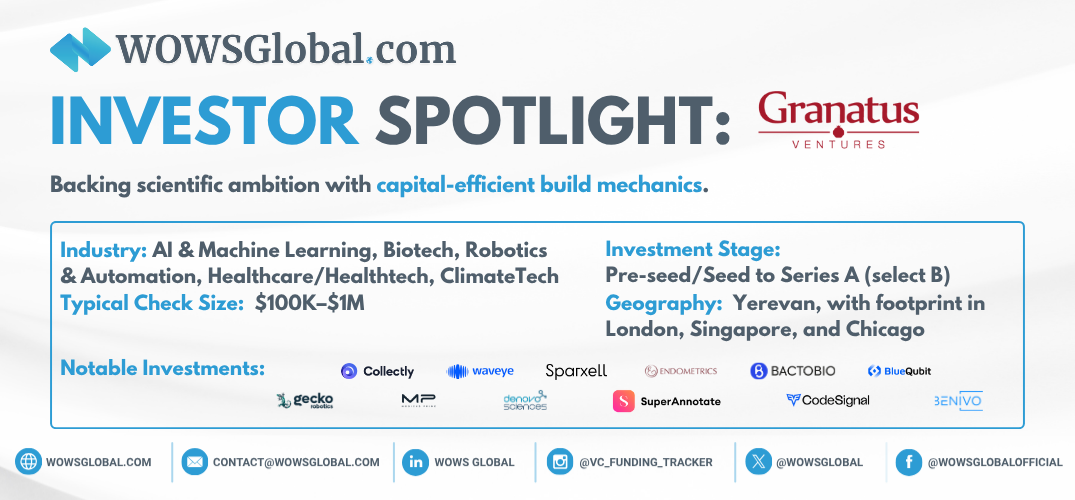How VCs Make Money: A Founder’s Guide to Venture Capital Economics
Startup & Venture Capital VC Funding Founder IPO 2 Minutes

Raising venture capital can feel like stepping into a world of complex terms, opaque structures, and mysterious decision-making. But at its core, the VC business model is straightforward, and understanding it is critical if you want to win over investors.
Here’s a founder-friendly guide to how venture capital actually works.
Who’s Who in VC
Think of venture capital as a relay race:
-
Limited Partners (LPs): Pension funds, institutions, and family offices who provide the money.
-
General Partners (GPs): The fund managers who pick startups and chase returns.
-
Startups: The portfolio companies that (hopefully) grow big enough to provide exits.
💡 Flow of capital: LPs → VCs → Startups → Exits → Returns back to LPs & GPs.
The Exit Game
Here’s the uncomfortable truth: until a startup exits, no one makes money. VCs cash in only when there’s an IPO, acquisition, secondary sale, or founder buyback.
That’s why investors care so much about your exit story. Without one, there’s no way for them to return capital to their LPs.
Portfolio Math: Why One Big Win Matters
In a typical fund of 25 startups:
-
15 will fail outright.
-
7 might return 1–3x.
-
1 or 2 “fund-makers” deliver 100x+.
This is why VCs hunt unicorns. A single massive success pays for the losses, and drives the fund’s performance.
How VCs Get Paid
VCs make money in two ways:
-
Management Fee: Around 2% annually, to keep the lights on.
-
Carried Interest (“Carry”): After LPs get their initial investment back, profits are split usually 70–80% to LPs, 20–30% to the GPs.
Example: A $500M fund that grows to $1.2B over 10 years.
-
First $500M returns to LPs.
-
Of the $700M profit: $490M goes to LPs, $210M to GPs.
VC Economics in a Nutshell
-
LPs provide the capital and take the bigger share.
-
GPs earn through fees and carried interest.
-
Startups are the bets, but only one or two need to win big.
WOWS Insight
When you pitch a VC, remember: they’re looking for the fund-makers.
Don’t just polish your deck. Prove that you can be the 100x story, with a growth engine, a credible path to exit, and the resilience to carry a fund on your back.
That’s what turns a “maybe” into a “yes.”
Related Posts
-

Investor Due Diligence Readiness Virtual Data Room Founder 4 Minutes
Data Room Done Right: A Founder’s 30-Item Investor Readiness Checklist
Investors don’t fund mysteries. This Seed–Series A checklist shows exactly what to include, governance, product, metrics, financials, security, and round mechanics, so diligence speeds up, not stalls. Need help? WOWS Global can review and structure your data room. -

Term Sheet Ultimate Guide to Term Sheets <em>Term Sheet Negotiation(s)</em> Startup & Venture Capital 3 Minutes
Term Sheet 101 (2025 Edition): Clauses, Red Flags, and Negotiation Tactics
A fast, founder-friendly breakdown of the clauses that matter in 2025 liquidation preferences, anti-dilution, pro-rata, ESOP, board, and information rights, plus negotiation do’s/don’ts and model scenarios. Close your next round with clean terms and fewer surprises. -

SEA Startup & Venture Capital Proptech Media 4 Minutes
Catcha Group: Company-builders Powering SEA’s Internet Plays
Catcha Group has spent two decades building and backing Southeast Asia’s internet champions, from classifieds and OTT to flexible workspaces. With hands-on operating support and smart consolidation plays, the firm has turned category leaders into headline exits. -

Biotech AI SEA Startup & Venture Capital deep-tech 6 Minutes
Granatus Ventures: Deep-Tech Builders Bridging Armenia and Southeast Asia
Granatus Ventures backs IP-rich startups in AI, biotech, robotics, and advanced/quantum computing, pairing early checks with an Armenia engineering engine and a Singapore touchpoint for SEA pilots. Learn how their SDG-aligned thesis translates into practical capital and deep technical diligence. -

Invest in Startups Startup & Venture Capital SAFE ESOP 4 Minutes
Event Recap: Founder Nova Bootcamp with Krungsri Finnovate
A practical recap of Founder Nova Bootcamp with Krungsri Finnovate, what founders learned about SAFEs, cap tables, and term sheets, and how to raise smarter in today’s market. -

Startup & Venture Capital Early Startups Founder Investment 3 Minutes
How to Choose Which Startup to Invest In
Choosing a startup isn’t a coin toss. This quick-read playbook covers market sizing, founder fit, unit economics, risk mapping, and terms, written in a toned-down sports recap style. Wrap up with “WOWS Insight,” where WOWS Global explains how it matches investors with companies that fit their thesis, stage, and traction.
